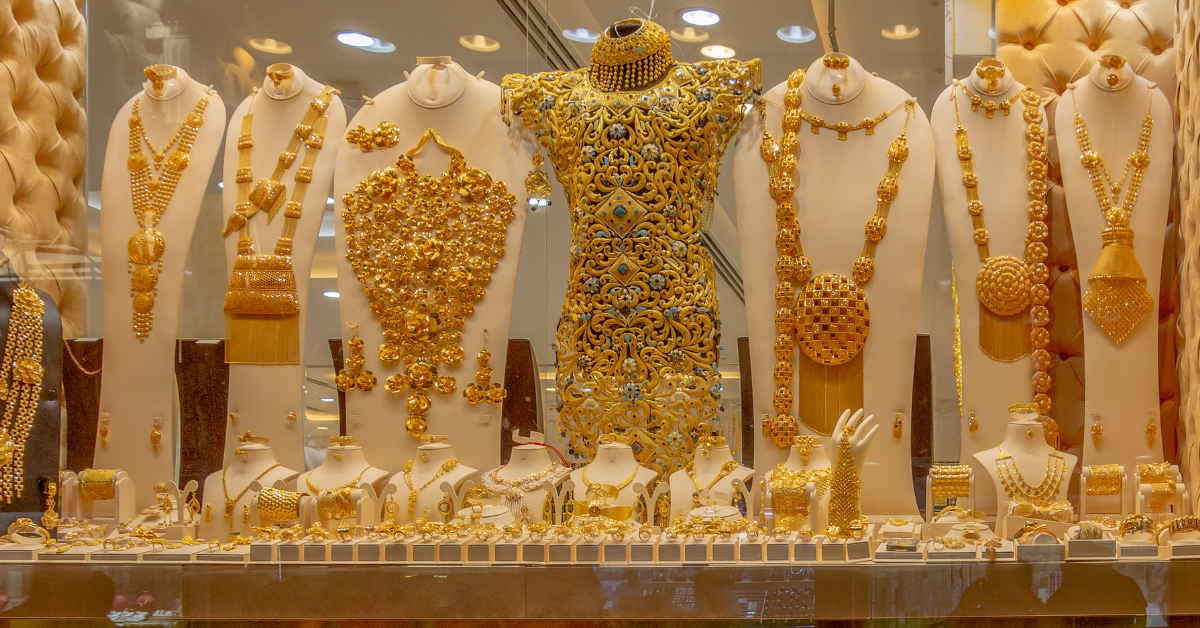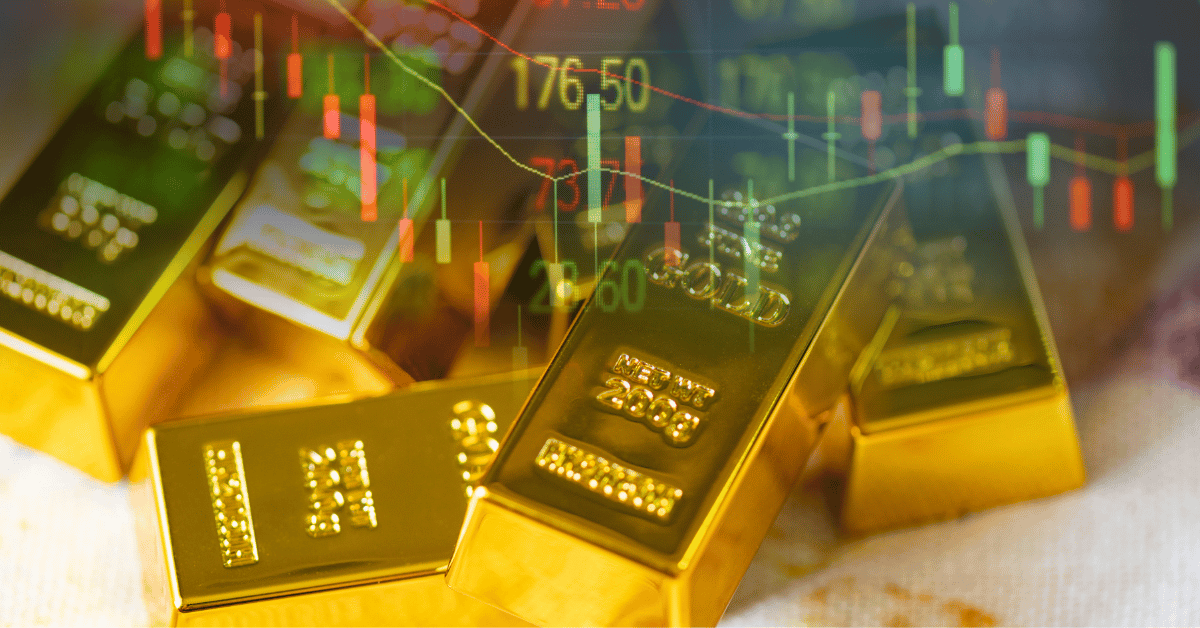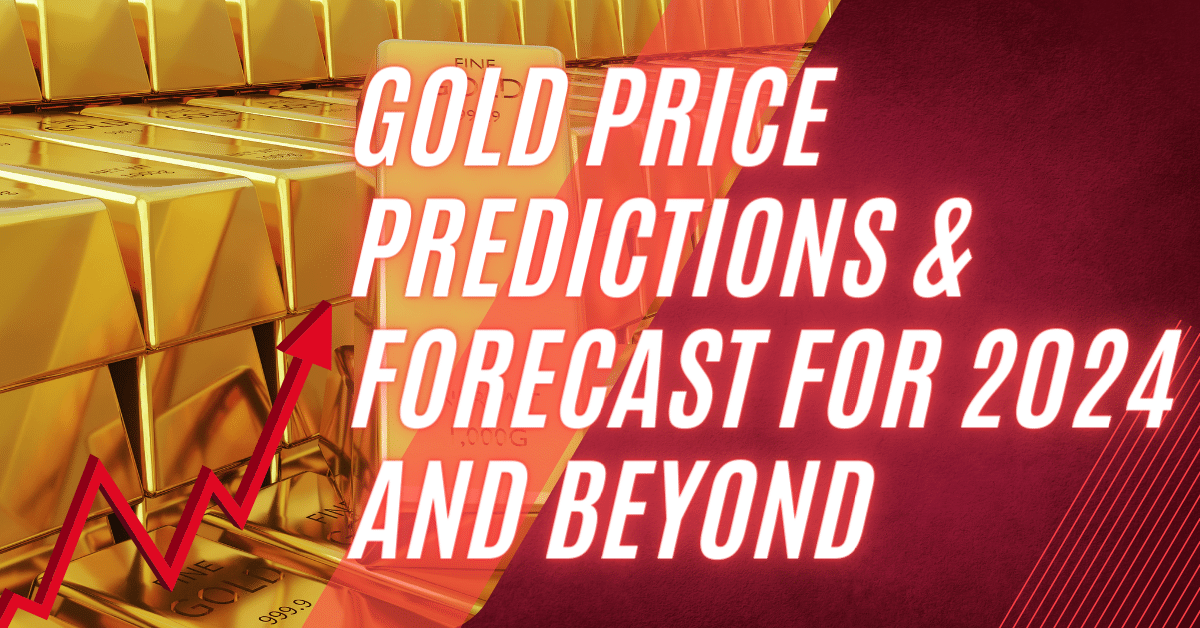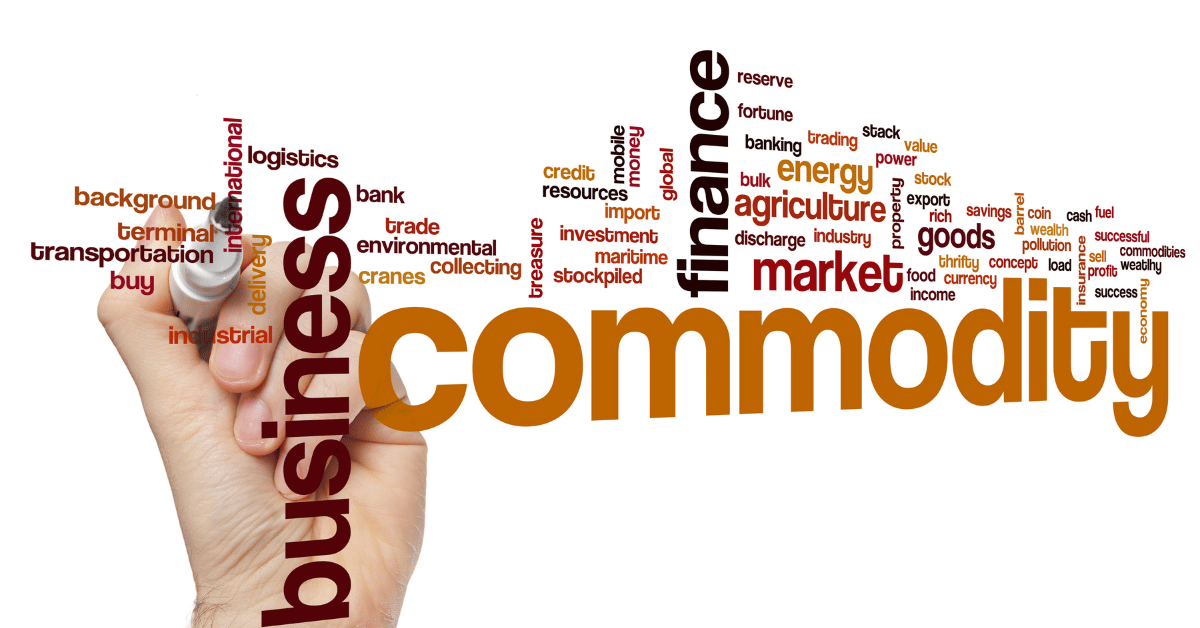Gold prices continued to rise constantly reaching yet another record high. This was supported by recent comments made by Federal Reserve Chair Jerome Powell, which suggested that interest rates may be cut later this year. After weeks of rising prices, the precious metal hit a peak of $2,301.21 per ounce, an important turning point in its rally.
Powell pointed out the Fed’s cautious approach to managing inflationary pressures in his speech at Stanford University on Wednesday. Powell said that although recent inflation data exceeded forecasts, they did not materially change the outlook for the economy as a whole. Investors responded favorably to his emphasis on the need for more definitive evidence of moderate inflation before thinking about a cut in interest rates.
Since gold does not pay interest, the possibility of lower interest rates usually helps the metal. The Fed’s commit to potentially reduce rates before hitting its inflation target is encouraging for gold prices, according to Bart Melek, global head of commodity strategy at TD Securities, and has contributed to the metal’s upward trajectory.
Gold has seen an incredible rise since the year’s beginning, rising by more than 10% and setting several new records in the process. Investors have flocked to the bullion market despite the lack of a clear catalyst for these gains. These factors include geopolitical tensions in regions like the Middle East and Ukraine, which have strengthened gold’s reputation as a safe-haven asset.
The World Gold Council’s data shows that central banks continued to accumulate gold in February, although at a slightly slower rate than in prior months. This suggests that central bank buying has also been a major factor in supporting gold prices. This month’s increase in central bank gold reserves is the ninth straight.
The record-breaking gold run hasn’t, however, convinced investors to favor exchange-traded funds (ETFs) with physical backing. Bloomberg data shows that global holdings in these ETFs have decreased by over 100 tons year-to-date, to their lowest level since September 2019. This is in spite of the recent price surge.
By 5 p.m. in New York, gold had settled at $2,300 an ounce, indicating a 0.9% daily increase. Some investors use the 14-day relative-strength index to determine if prices have increased too quickly. It currently stands at 83, above the threshold of 70 that suggests possible overvaluation. Silver saw significant increases as well, rising 4% to hit a record high of $27.18 per ounce in June 2021. Palladium and platinum saw similar increases, moving up with the overall precious metals market.
With potential for more gains amid ongoing uncertainty and the likelihood of accommodative monetary measures from major central banks, the outlook for gold remains bullish as investors keep an eye on economic developments and central bank policies.
Also Read: Blackstone Announces $25 Billion Investment Plan for India





